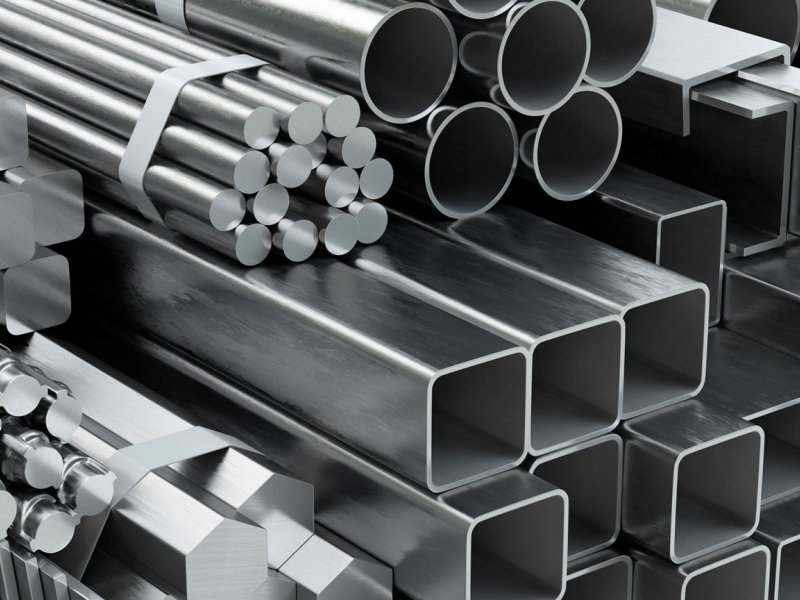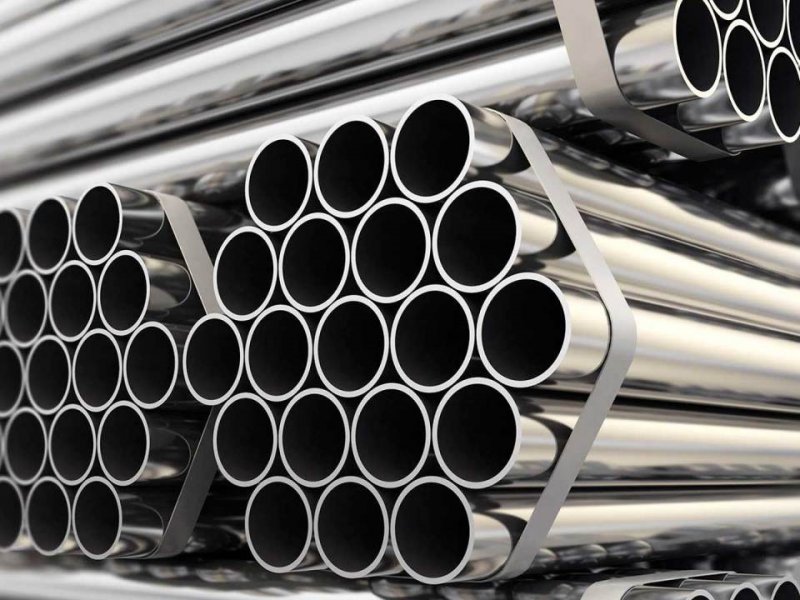The history of stainless steel, which can be called "discovery", occurred in the period of 1900-1915. However, as with many discoveries, it actually began to form with the accumulated efforts of various individuals that began in 1821. In the same years, a French explorer Berthier discovered iron that made it resistant to some chromium-alloyed acids. In his other works, he started to apply the matrix effects of chromium on iron, using low levels of chromium. In order to be stainless steel in practice, the chromium content had to be at least 10.5%. In 1872, Mr. Woods and Clark applied to the British patent office for their discovery, which was described as an acid and weather resistant alloy containing 30 to 35 chromium and 1.5 to 2% tungsten. Later, in 1875, another French named Brustlein discovered the importance of carbon levels as well as chromium in their research. He argued that stainless steels should have a very low 0.15% carbon level. While investigating chromium / iron composition in other studies, the challenge of obtaining low carbon levels persisted for many years, until ferro chromium was commercially available.
Discovery
In 1904, Leon Guillet published his research on compositional alloys known today as 410, 420, 442, 446 and 440-C. In 1906, a detailed study was also published on the basic metallurgical nature of an iron-nickel-chromium alloy stainless steel 300 series. In 1909, Paul Giesen published a long study of chrome-nickel stainless steels (austenitic 300 series) in England. Also, Britain and France, Portevin today published an alloy work that they think will be 430 stainless steel. In Germany, in 1908, Monnartz & Borchers discovered the relationship between the importance of low carbon content in corrosion resistance, such as the minimum level of chromium (10.5%), and the increasing role of molybdenum chlorides in corrosion resistance.
Industrial Development
Before stainless steel, the material was painted or galvanized to prevent rusting. These solutions created other problems, especially in the health and food industry. Harry Brearley, chief of the research lab jointly run by John Brown & Co and Thomas Firth & Sons, discovered the first stainless steel by chance in 1913. While experimenting by combining various metals for rifle barrels, he found that some of them were rust resistant. As with any great invention, he also struggled to get it accepted by the industrialists. His invention was often accredited as the initiator of the stainless steel industrial era. Most of his works had 430 (chemical analysis patented in 1919). The first product table cutlery is still in use today.






